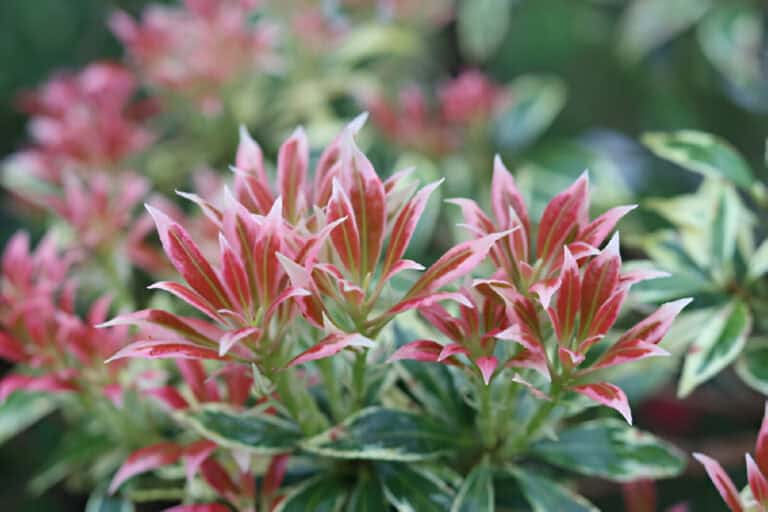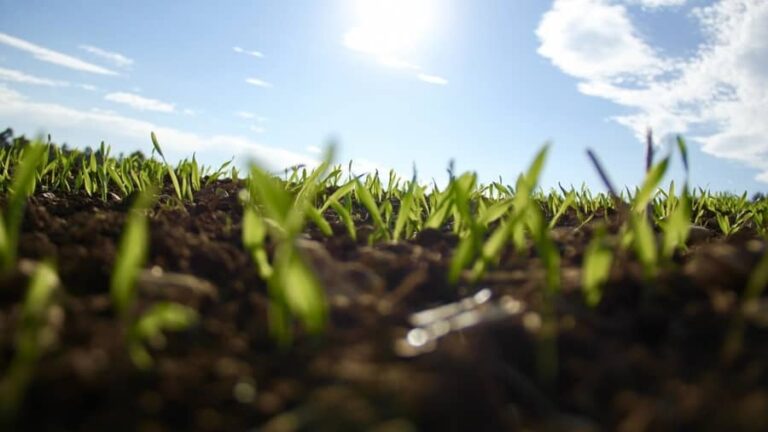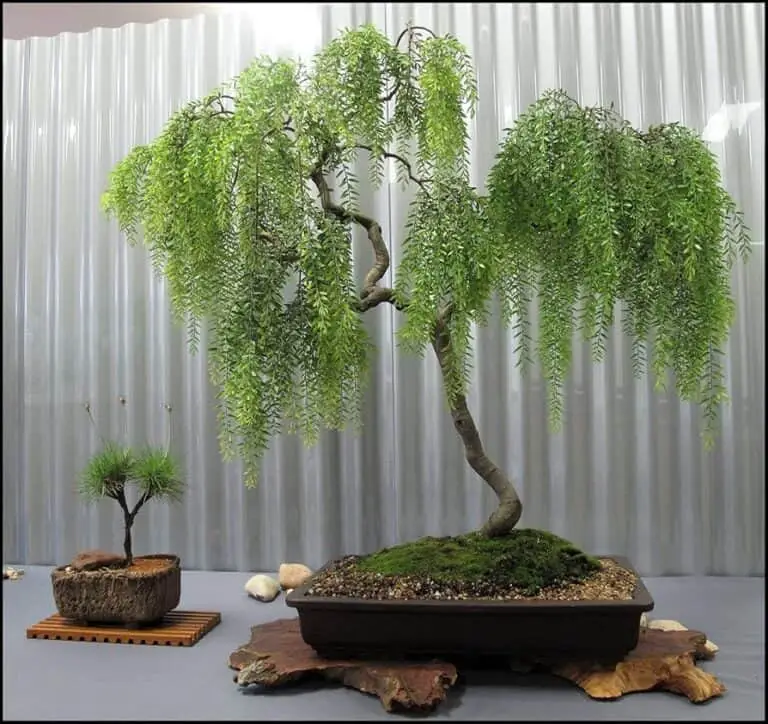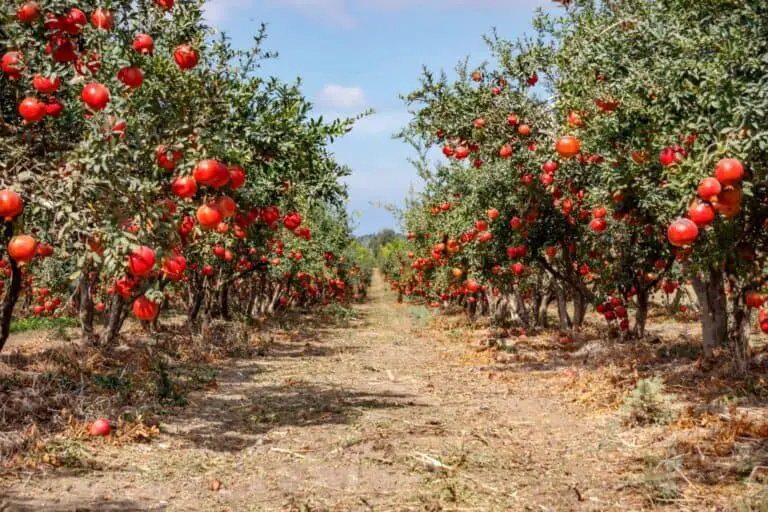When to Harvest Bell Pepper? Best Time to Pick for Good Result
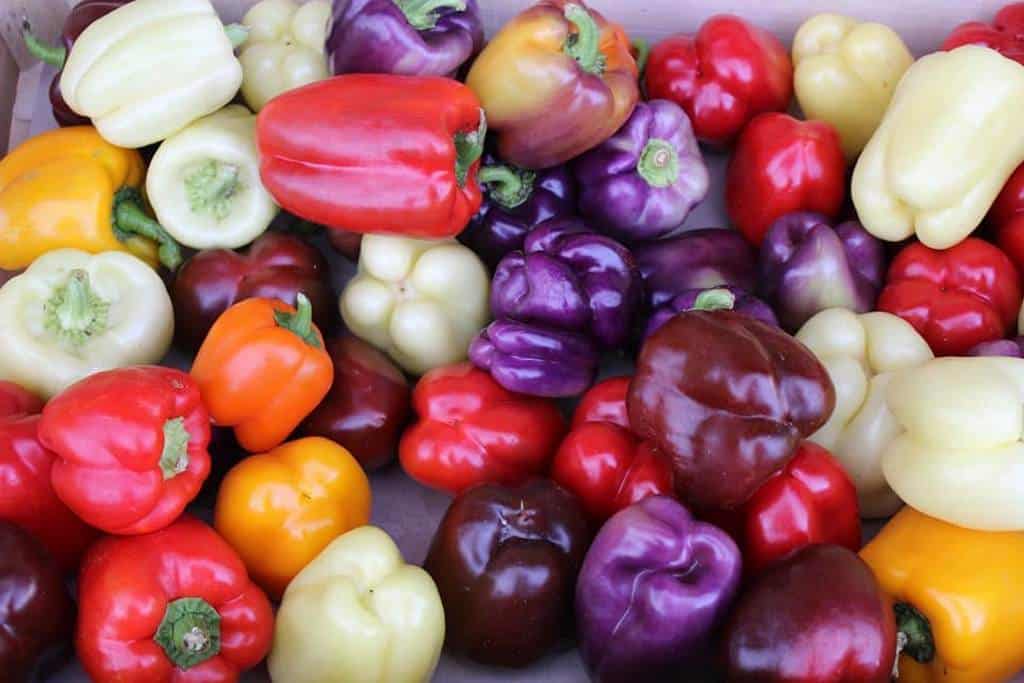
Bell peppers are a common part of many dishes, and gardeners love them for their bright colors and sweet, crunchy flesh. But it’s important to pick your peppers at the right time if you want them to be fully ripe and full of flavor.
This blog post will tell you when to pick bell peppers for the best results, whether you’re growing them for yourself or to sell. It will also tell you how to tell when they’re ready to be picked and give you tips for a successful harvest.
Get ready to add a burst of flavor to your meals with perfectly harvested bell peppers!
When Is the Ideal Time to Harvest Bell Peppers?
When bell peppers are ready to be picked depends on many things, such as the type of pepper you are growing, the climate, and the growing conditions.
However, on average, peppers are typically ready to be harvested 70–80 days after planting. This is based on average growing conditions, and the time frame may be shorter or longer depending on factors such as temperature and moisture levels.
There are several factors that can affect the time frame for harvesting bell peppers, including climate, growing conditions, and the variety of bell pepper being grown.
For example, peppers grown in warmer climates may mature more quickly, while those grown in cooler climates may take longer to ripen. The type of pepper can also make a difference, since some types mature faster than others.
So keep a close eye on your peppers as they mature, so that you can determine the best time to harvest them. By doing this, you can be sure to pick the peppers when they are at their most ripe, which will give you the best taste, texture, and nutrition.
Indicators of Ripe Bell Peppers (Maturity)
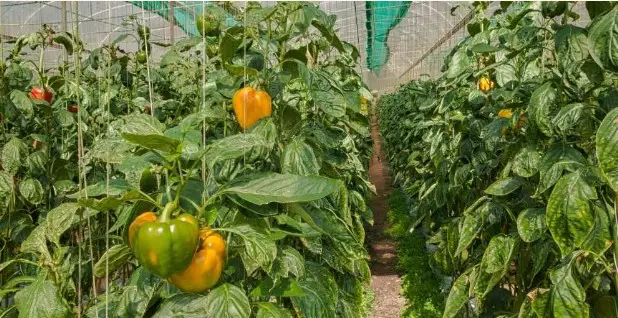
There are several indicators that can help you determine when to harvest your bell peppers. These indicators are based on changes in the appearance and texture of the fruit and can vary depending on the variety of pepper you are growing.
1. Change in Color
As they reached maturity, bell peppers changes color from green to yellow, orange, or red, depending on the variety. This is a clear sign that the pepper is ripening and is ready to be harvested. Once the bell pepper has completely changed color, it’s fully ripe. This will happen about 4 weeks after the bell pepper reaches its full size, around 3′′ by 4′′.
However, it is important to note that some peppers, such as the yellow and orange varieties, will remain green if left on the plant for too long.
2. Softening of the Fruit
As peppers mature, they will become softer to the touch. This is a good indicator that the pepper is ready to be harvested, as the flesh will be sweet and juicy.
3. Development of a Glossy Appearance
As peppers mature, they will develop a glossy appearance. This is a sign that the fruit is fully ripe and ready to be picked.
Time Indicator on Bell Pepper Seed Packets
Bell pepper seed packets will list the days to maturity for the pepper on the back of the packet. It’s important to note that the days to maturity listed on the packet are usually after starting them inside for 8 weeks.
Bell pepper plants grown from seed typically take 120–150 days to mature, while those grown from transplants take 60–90 days.
The first number is how long the plant will take to grow and make a full-size green pepper, and then adding another 30 days will be when the pepper has a fully ripened, colorful pepper.
If you still have three months or more left in your growing season and bell peppers are appearing, consider picking them before full ripeness and using them as green bell peppers.
This way, you’ll encourage the plant to keep producing peppers and end up with more total bell peppers from the plant.
If you pick bell peppers while they are still immature, do not save the seed to replant it because the seeds are also immature.
Best Time of Day to Pick Bell Peppers
The time of picking will affect the taste and how well the bell peppers store. The best time of day to pick bell peppers and most vegetables is in the early morning before 9 a.m.
Plants replace the water they lost during the day and convert the starches they produced during the day into sugar during the night.
Early-morning harvests of bell peppers will be sweeter, juicier, and crisper. Pick the bell peppers the morning of the day you plan to use them for optimal flavor.
Picked during the heat of the day, peppers will have less moisture in them and not store as well. You can tell the difference by squeezing the peppers early in the morning and in the middle of the day. The bell peppers will be firmer early in the morning.
When to Pick Green Bell Peppers?
You can pick green bell peppers at any time after they start to appear. When they are close to full size, around 34 inches, is the best time to pick them up. This way, you get more bell peppers, and they will have had more time to become less bitter and more nutritious.
When to Pick Red Bell Peppers?
Red bell peppers are readily available at all times. Most red bell peppers start out green and turn red, or turn brown first and then red. If you want to pick them at peak ripeness, pick them when they have completely changed to their final color, or about four weeks after they have started to change color.
Are Green Bell Peppers Ripe?
Green bell peppers are not fully ripe but are fine to pick and eat. A dark green bell pepper is more ripe than a light green bell pepper.
Green bell peppers have a bitter taste and are less sweet than fully ripe, colorful bell peppers. A green bell pepper is a nutritious veggie, but a red bell pepper can have 2-3x the amount of vitamin C, 10x the amount of vitamin A, and 11x the amount of beta-carotene that it will develop when left on the vine to ripen.
INFO![]()
Green bell peppers are cheaper than colorful bell peppers because they were picked before ripening. This means less time on the vine where the bell pepper can become blemished, less water and fertilizer inputs, less care from a worker in pruning and training the plant, and more time for something else to grow in the same location. All these factors make green bell peppers cheaper in the store.
Green bell peppers are the immature stage of fruit that will eventually turn yellow, orange, red, purple, brown, or whatever color the variety of bell pepper you’re growing turns when it is fully ripe.
There are just a couple of varieties of bell pepper that stay green through maturity, but they are rarely seen from seed distributors. Because growers want to save time and money, all the green bell peppers in stores are immature versions of bell peppers that come in different colors.
Tips for Harvesting Bell Peppers
Harvesting bell peppers is a simple process, but there are a few tips that can help you get the best results. Here are some things to keep in mind when harvesting your peppers:
- Use clean, sharp tools: When harvesting your peppers, it is important to use clean, sharp tools to avoid damaging the fruit. Scissors or pruning shears are the best tools for the job, as they will allow you to cut the stem of the pepper cleanly without damaging the fruit.
- Harvest in the morning or evening: It is best to harvest your peppers in the morning or evening, when the fruit is coolest. This will help to reduce the risk of bruising and damage to the fruit.
- Handle gently: Bell peppers are relatively delicate, and it is important to handle them gently to avoid bruising. This can impact the quality of the fruit and reduce its shelf life.
By following these tips, you can ensure that you get the best quality fruit from your bell pepper plants. Whether you’re growing bell peppers for yourself or to sell, harvesting them the right way is a key part of getting good results.
Maximizing Good Yield Result in Harvesting Bell Pepper
If you are growing bell peppers in your garden, you want to ensure that you get the maximum yield possible. To achieve this, it is important to understand the factors that affect the yield of your bell pepper crop and how to optimize them. Here are some tips for maximizing your yield when harvesting bell peppers.
The first step in maximizing your yield is to choose the right variety of bell pepper. Different varieties have different yields, so it is important to choose one that is well-suited to your climate and growing conditions. You can also grow more than one kind to extend your harvest season and get a bigger crop overall.
Another key factor in maximizing your yield is soil preparation. Bell peppers need well-draining soil with a pH between 6.0 and 7.0. Adding compost or other organic matter to the soil before planting will help to improve its structure and fertility. Proper irrigation is also important, as bell peppers need consistent moisture to thrive.
Plant spacing is another factor that affects the yield of your bell pepper crop. The plants need enough room to grow and bear fruit, so make sure to follow the spacing rules for the variety you choose. Also, pruning and training the plants in the right way can help increase bell peppers yield by letting more light reach the fruit and making the plant healthy and productive.
Finally, it is important to harvest your bell peppers at the right time. As was already said, bell peppers of different colors mature at different times, so it’s important to know how to tell when each kind is ready. Harvesting the peppers too early or too late can affect their flavor and quality.
Why Are My Bell Peppers So Small?
There could be many reasons for bell peppers to grow small. Here are some things to check:
stressed plants around flowering and fruiting time. If this is the first year you have had small bell peppers, the cause is likely stress.
Heat stress can occur with a hot wave and daytime temperatures of 90 degrees and above. Make sure to water the plants more regularly during this time and consider putting up a shade cloth or anything else to shade the plants during the hottest hours of the day.
Poor Soil Nutrition: Not enough nutrients in the soil would be my second guess. If you haven’t added fertilizer, poor soil nutrition is a likely culprit. It will manifest as yellowing plants with brown spots and possibly new yellow growth.
Disease will show up in plants that are discolored and in worse shape than a nutrition-stressed plant, with more black spots on the plant. Also, a nutrition problem will be throughout the whole bell pepper plot, and disease may start on one side of the plot or the other and not affect them all at one time.
Pests can be seen on the plants, as well as holes in the leaves where the bugs have munched. Spray organic neem oil on the plants 2-3 times per week. It covers the leaves with a waxy coating that insects don’t care to munch on.
Water stress can occur, with the likely culprit being not enough water. Water the plant with 1 inch of water a week during vegetative growth and about 2 inches a week once the plant starts to flower and produce fruit or when hot weather comes.
Include rainfall in your measurements. Wunderground.com gives good estimates of rainfall amounts. A rain gauge can give you an accurate rainfall measurement for your location. We have a 50-gallon rain barrel under the gutter that collects water. With 1/10 inch of rain outside, it’s full.
Less often, deep watering is preferable, so consider giving your lawn a deep watering after short rains. One way to know you need to water is to stick a finger in the dirt for 3–4 inches, and if it’s dry, it’s time to water; if it’s moist, let it be.
Small Plant: How big is the plant? I’ve seen a couple good-sized bell peppers on small plants, but I think this is a possible cause. If you live in an area with a short growing season, start your bell pepper plants indoors earlier to make sure the plants get big enough to support large bell peppers by fruiting time.
Fruiting Too Early in the Season: If your bell peppers fruit too early in the season, they might produce smaller peppers. After transplanting bell pepper plants outdoors, pinch off any flowers that appear during the first four weeks to make sure the plant has enough time for good vegetative growth. After four weeks outside, leave the flowers that develop.


